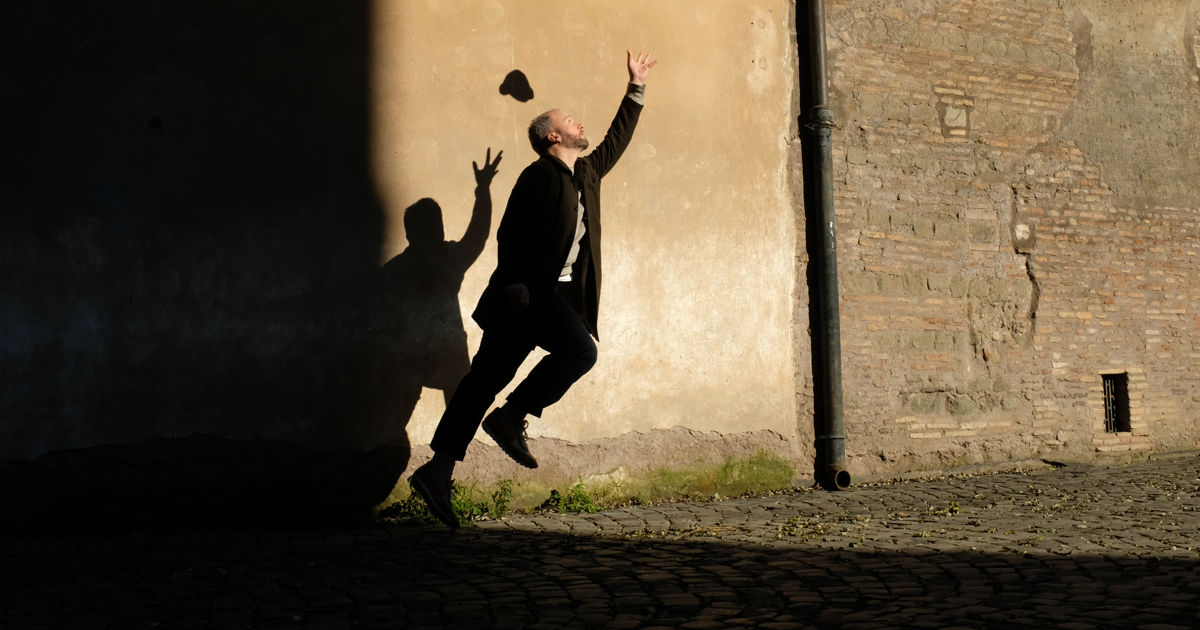The Way I See It: Stephen Ledger-Lomas
Stephen Ledger-Lomas went from an art-free upbringing to working with some of the UK's fashion and lifestyle icons, including Rankin, Jefferson Hack and Tyler Brulé. Mother's creative 'Galácticos' then came calling before he found a home at BBH London, where he is Chief Production Officer & Partner. Here, he discusses artistic passion, photographic penury and personal pain.
You can’t hear it in the accent but I am Liverpool born and bred. One of four kids. We went to school in Crosby, a very sleepy part of the North West.
I had absolutely nothing to do with the arts or media growing up.
My best mate at school was [former Liverpool FC captain] Alan Hansen’s son, so I had a pretty enviable childhood from a supporter’s point of view because after a lot of our nights out we would pile back to Alan’s house and play pool into the early hours, once or twice with Kenny Dalglish and Steve McMahon and all those guys.
It was one of those idyllic childhoods, but I had absolutely nothing to do with the arts or media growing up. Nothing at all.
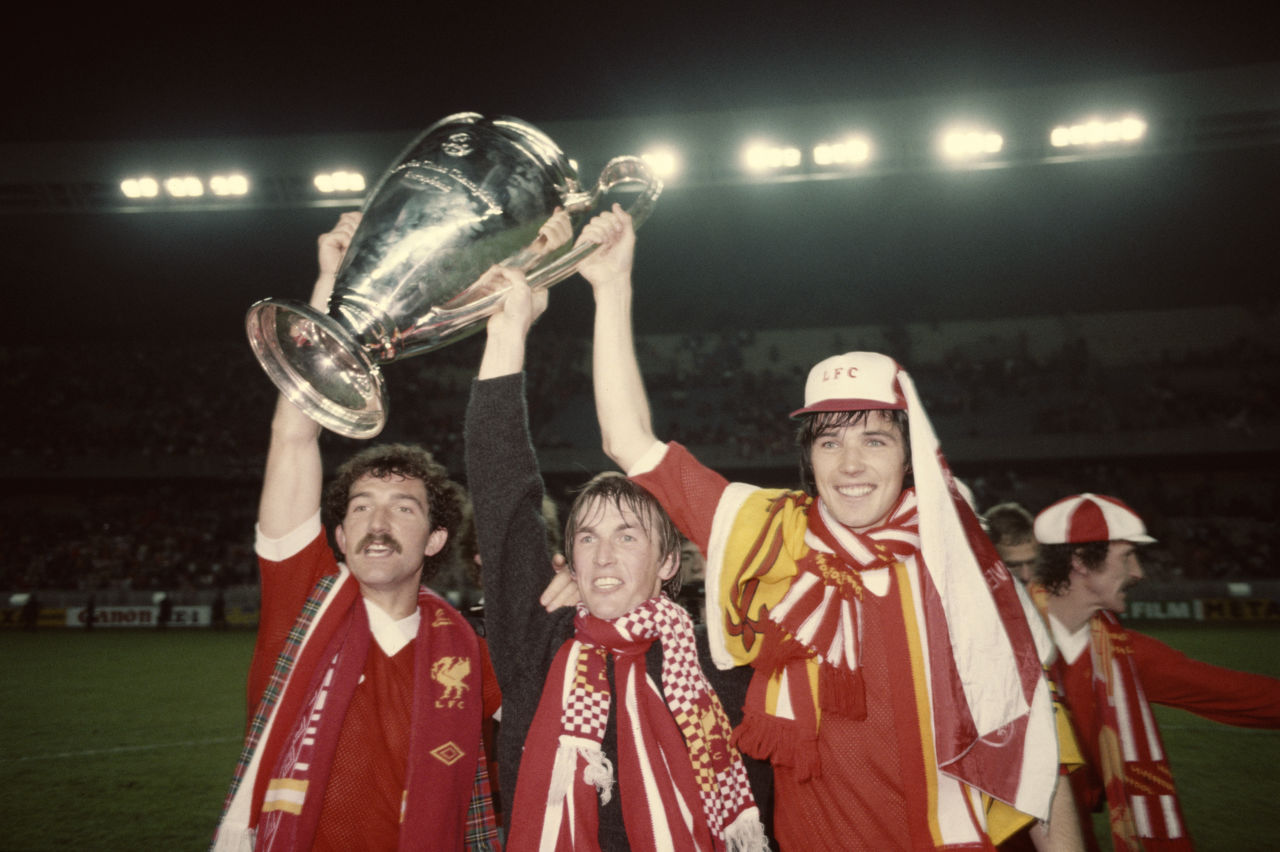
Above [from left to right]: Graeme Souness, Kenny Dalglish and Alan Hansen lift the 1981 UEFA European Cup.
My mum was a fitness instructor so she was early on in the step aerobics wave. My dad was in electrics, but he basically owns a furniture shop up in Southport, still to this day. They’re both brilliant, self-made people, but I don’t think I visited an art gallery until I left Liverpool.
I developed a passion for photography at a very early age and became entranced by David Bailey and lots of the documentary photographers, but none of that opened up to me until I left the North West.
I don’t think I visited an art gallery until I left Liverpool.
In my early teens my old man, or maybe my mum, gave me their old SLR and I just started taking pictures. But [the arts] just wasn’t something which was spoken about. It wasn’t seen as being a worthy profession to go into. But, from those early teen years to the grand old age of 42, I’ve been on this slow journey where my eyes have been opened to the arts on a gradual basis.
I studied photography and ended up at a very good course at the Arts Institute in Bournemouth, the same course that Nick Knight and Wolfgang Tillmans had done many years previously.
I did work experience at an amazing place called The Independent Photographers Group, which had some seminal photojournalists; Tom Stoddart, Marcus Bleasdale, Peter Dench. I was asked to digitise the archives, this clueless 23-year-old just trying to understand what the hell the internet was.

Above: Ledger-Lomas worked with Rankin and Jefferson Hack at Dazed & Confused.
I went to do a week of work experience with Rankin, at 112-116 Old Street. A lot of people who’ve gone through the Dazed & Confused academy will know that address. It was a seminal Shoreditch fashion-lifestyle magazine, probably a bit on the Nathan Barley spectrum.
I tried for about 12 or 18 months to be a photographer. I got a couple of gigs, a couple of shoots for The Observer Magazine. I got paid £150. I was just like, “I cannot sustain this.” When I got a salary from Rankin - and it was minimum wage salary - I realised I was going to have to have salaries to survive.
I’m sure 90% of the people you’ve interviewed didn’t intend to work in advertising.
Rankin was at the heart of everything, him and Jefferson [Hack, Dazed's Creative Director and Co-Founder]. And I went in for a week’s work experience and then didn’t really emerge from that for two or three years. The week I was there they went, “The production assistant’s quit, do you want a job?”. That was my first job.
It was at a time when Rankin’s brand was really taking off and he was working on the original Dove Real Beauty campaign with an incredibly art buyer, who’s been very helpful in my career, called Kate Mahon. She’s still one of the best art buyers around.
My passion for photography evolved into a passion for film. I’ve directed as well, and have started to understand other parts of the arts, painting and all those things. It’s come much later, but it’s just down to exposure to it, and learning the language within it.
I didn’t intend to work in advertising. I’m sure 90% of the people you’ve interviewed didn’t intend to work in advertising.
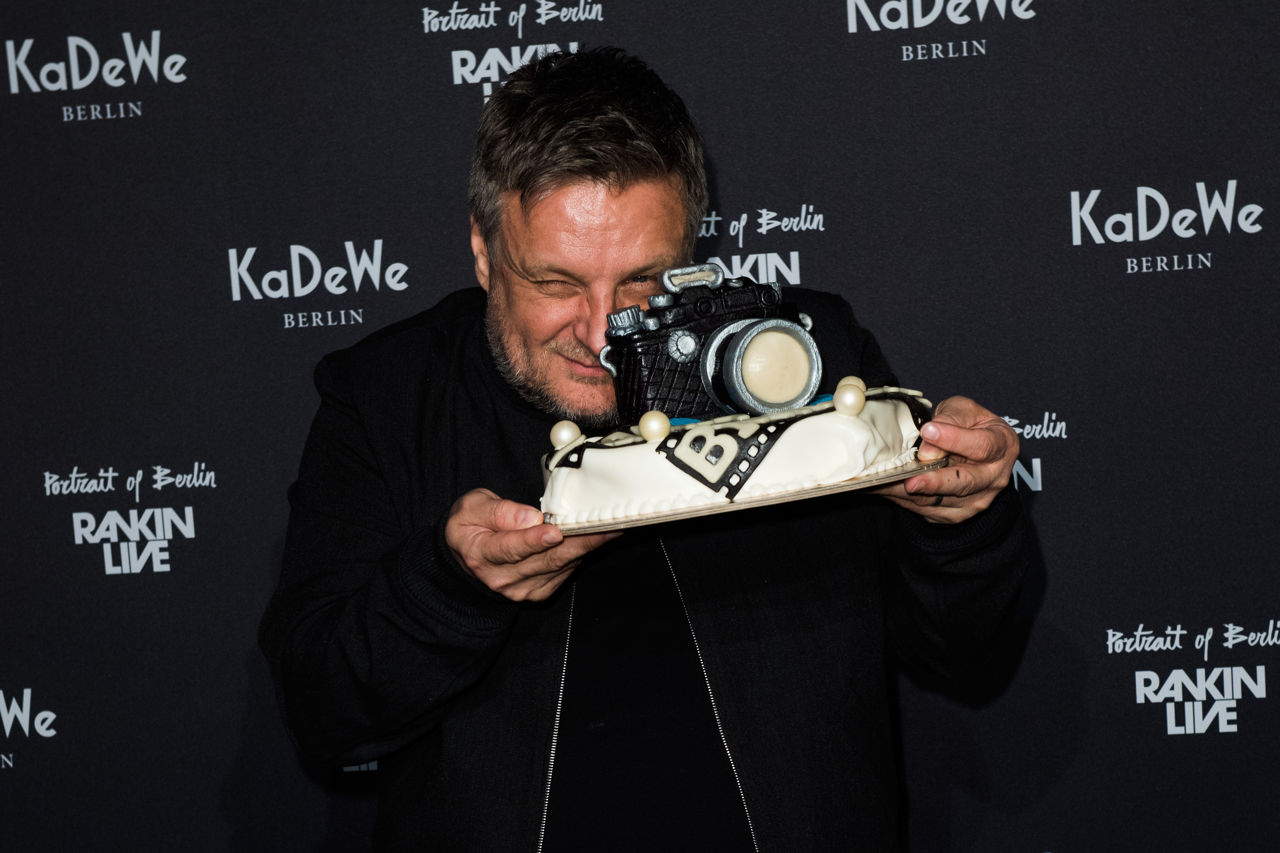
Above: Photographer Rankin, who started Dazed & Confused with Jefferson Hack.
I remember someone once said, “Chase experience in your 20s and then look for a job in your 30s.” So, I got a job at Winkreative. I didn’t know what it was, but it sounded interesting. It turned out to be an amazing design agency run by Tyler Brulé, who founded Wallpaper.
I did that for a bit, then Rankin’s sister called me and said that the photo director from Dazed had left and they were looking for someone. I just thought it would be madness to turn that down.
I got a phone call from Mother and was like, “Mother?”.
It was extraordinary because Jefferson had just taken on the contract for Nowness, though it was called eLuxury at the time. I remember him walking up to me a few months after starting and saying, “Right, we need a deck for the first three months of Nowness content.” I was like, “Absolutely!” When he left I had to ask someone what a deck was.
I got a phone call from Mother and was like, “Mother?”. I looked on the website and there were a few lads skating around on a concrete table. I love anything with a sense of enigma about it. So, I wandered over to Mother to meet Nik Upton behind those mirrored doors on Redchurch Street and, right from the get-go, I was blown away.
My career has always been led by my gut. It’s always about that first meeting.
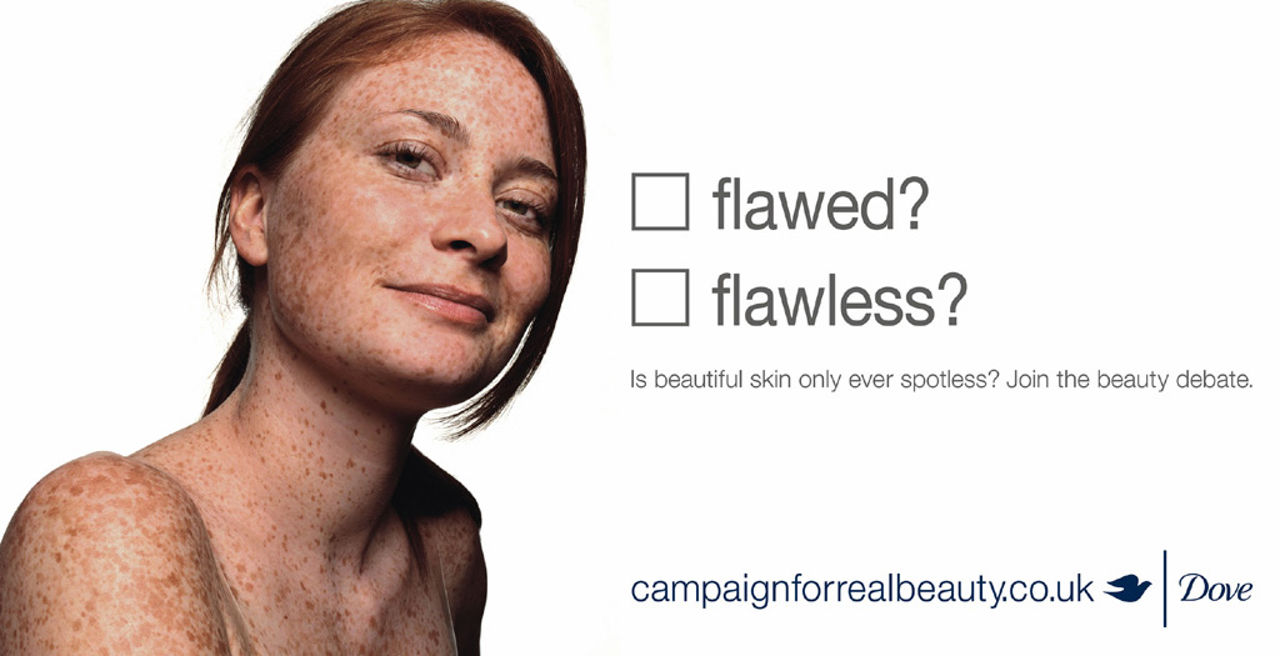
Above: One of Rankin's images for the original Dove Real Beauty campaign.
Mother was like the Galácticos of creativity. Not just Robert Saville and Mark Waites, but Stephen Butler, Gustavo Sousa, Thierry Albert, Danny Brooke-Taylor, Laurence Thomson and Rob Doubal, Ben Middleton, Stuart Outhwaite, Caroline Pay…
I discovered a passion for finding, discovering and developing new talent; that’s my reason for being in the industry. My head’s never really been turned by that idea of always going for that established top tier [of director]. That goes for producers as well.
Unless, as an agency, you know and understand the role of production, then you’re nowhere.
As a department, we’re the first time that an idea – which to that point is just an idea – leaves the building to have an injection of oxygen. Until you actually send that script out or have a conversation with a production partner, it’s just an idea, a theory, a hypothesis. We have this huge responsibility to protect it, bring the right talent into that conversation, and help the idea grow.
Unless, as an agency, you know and understand the role of production, and you trust in its expertise and knowledge, then you’re nowhere. Because, otherwise, it just exists on 40,000 Google decks, and it’s just thoughts.
I have a problem with the word ‘craft’ sometimes because I think it’s overused, in the sense that it can often just be applied to one part of a process. But craft is really the sum of 30,000 decisions you make. It’s that absolute laser focus care and attention to every step of the process.
Credits
powered by
-
-
- Director Phoebe Arnstein
-
-
Unlock full credits and more with a Source + shots membership.
Credits
powered by
- Director Phoebe Arnstein
- Director Stephen Ledger-Lomas

Credits
powered by
- Director Phoebe Arnstein
- Director Stephen Ledger-Lomas
Above: The trailer for the short film co-directed by Ledger-Lomas and his wife, Phoebe Arnstein.
It can be very hard to understand how tough it is to be a director, but I’m married to one [Phoebe Arnstein], so that's very useful for me. When she bids on jobs I’m living her experience with her, the highs and the lows.
Phoebe and I shot a short film together, and a music video for Jamie Isaac, who’s an amazing musician. We did them on a shoestring. It’s really fun to create something with virtually no money and just make things happen. It’s a fascinating process. But it’s not something I’d necessarily hang my hat on.
It can be very hard to understand how tough it is to be a director, but I’m married to one, so that's very useful for me.
Having a daughter has definitely made me think a lot about men and women, and how things work on the other side of having a child. As someone who’s got a very nine-to-five, five-day-a-week job, Phoebe often, unfairly, has to shoulder more of the care burden.
I’m a big believer in strength-based leadership, which is doubling down on things you’re excellent at and not worrying too much about the stuff that you’re not so good at. I think the reason people are here at BBH is that we want them to be phenomenally good at the stuff that we got them in for in the first place.
Credits
powered by
- Agency AMV BBDO/London
- Production Company Iconoclast UK
- Director Jonathan Alric
-
-
Unlock full credits and more with a Source + shots membership.
Credits
powered by
- Agency AMV BBDO/London
- Production Company Iconoclast UK
- Director Jonathan Alric
- Editor Nicolas Larrouquere
- Sound Engineer Sam Ashwell
- Post Production MPC/London
- Chief Creative Officer Alex Grieve
- Executive Creative Partner Nicholas Hulley
- Creative Director Andy Clough
- Creative Director Rich McGrann
- Creative Scott Kelly / UK
- Producer Verity Elvin
- Executive Producer Jane Lloyd
- Executive Producer Guy Rolfe
- DP Paul Ozgur
- Colorist Matthieu Toullet
- Executive VFX Producer Louise Unwin
- VFX Producer Amie Kingsnorth
- Creative Partner Nadja Lossgott
- Creative Ben Polkinghorne

Credits
powered by
- Agency AMV BBDO/London
- Production Company Iconoclast UK
- Director Jonathan Alric
- Editor Nicolas Larrouquere
- Sound Engineer Sam Ashwell
- Post Production MPC/London
- Chief Creative Officer Alex Grieve
- Executive Creative Partner Nicholas Hulley
- Creative Director Andy Clough
- Creative Director Rich McGrann
- Creative Scott Kelly / UK
- Producer Verity Elvin
- Executive Producer Jane Lloyd
- Executive Producer Guy Rolfe
- DP Paul Ozgur
- Colorist Matthieu Toullet
- Executive VFX Producer Louise Unwin
- VFX Producer Amie Kingsnorth
- Creative Partner Nadja Lossgott
- Creative Ben Polkinghorne
Above: At it's very best, art makes you feel something, says Ledger-Lomas, which was achieved by this Macmillan spot.
Do I consider advertising to be art? I think, at its very best, art makes you feel something, understand something. I’d be hard-pushed to think of many things that have made me feel more than The Whatever It Takes Macmillan spot, or the first time I saw Libresse, those spots which truly shift something. But I think to call advertising art is quite a difficult conundrum.
I think comedy is underrated. A lot of people talk about how comedy’s seen as the easy way out, but it’s actually a hard thing to do; to make people feel something, to entertain them, like the first time you saw Old Spice’s The Man Your Man Could Smell Like.
I think to call advertising art is quite a difficult conundrum.
Advertising is a big, broad industry and there’s opportunity for everyone [but] it’s outrageous how little progress we’ve made in terms of diversity, and there is a problem with how few underrepresented directors there are.
Advertising is a hard place to keep the audience’s attention, so we need to start telling stuff differently, even stuff that makes us feel a bit uncomfortable.
Credits
powered by
-
-
- Director Phoebe Arnstein
-
-
Unlock full credits and more with a Source + shots membership.
Credits
powered by
- Director Phoebe Arnstein
- Director Stephen Ledger-Lomas
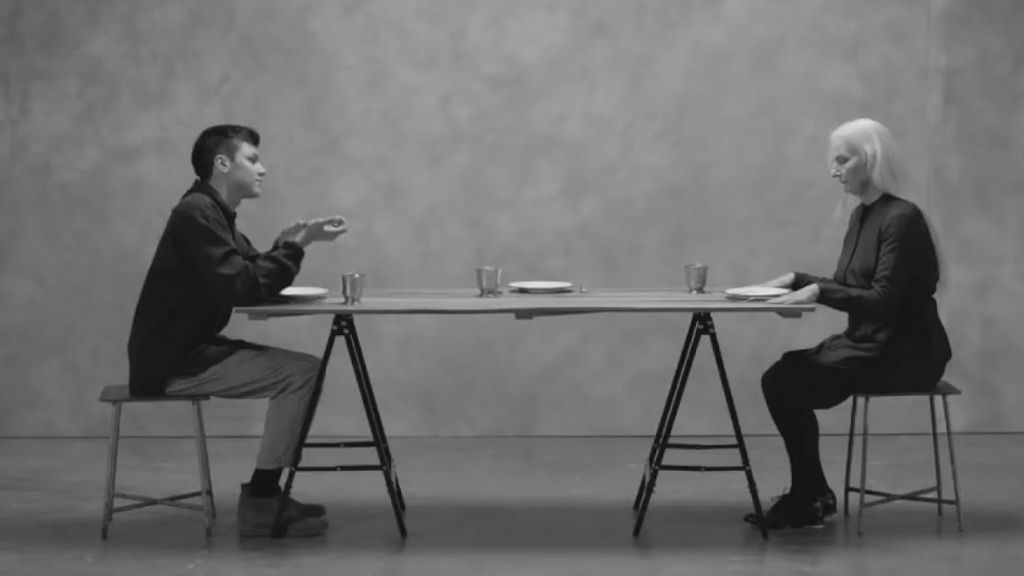
Credits
powered by
- Director Phoebe Arnstein
- Director Stephen Ledger-Lomas
Above: Ledger-Lomas and his wife, director Phoebe Arnstein, co-directed a music video for Jamie Issac in 2014.
We had two miscarriages before our daughter was born, so Phoebe and I definitely went through this very long period of hope and then pain. By the time we got there we felt like, “This person has existed for a long period of time, and every second I don’t spend doing something with her is time lost.”
I see people in a very different way now as well. I think it probably changes your perception of your partner. Phoebe was very brave after the second miscarriage, and she spoke very openly about it, and it transformed my understanding and my empathy for people who are going through similar things, and also my understanding of what it is to actually talk and share and be open.
We had two miscarriages before our daughter was born, [we] went through this very long period of hope and then pain.
I remember at the time speaking about it with three of my closest friends, and two of the three turned around and said, “My wife had a miscarriage two years ago.” And I was like, “Oh, you never told me that.”
I still take pictures every day. I’ve gone more into editing and I’ve actually just worked with a photographer, Emma Hardy, on her new monograph which is called Permissions. I really enjoyed that.
We just commissioned four short films to mark 40 years of BBH, for a competition called Differently Does It, and it was one of the most exhilarating things I’ve been a part of in years. Every story has such guts at the heart of it and is someone’s truth. I’m so proud of the work and the filmmakers that have made them. They are deliberately diverse, and a point of view on the world that I’m hoping very few people have seen before.
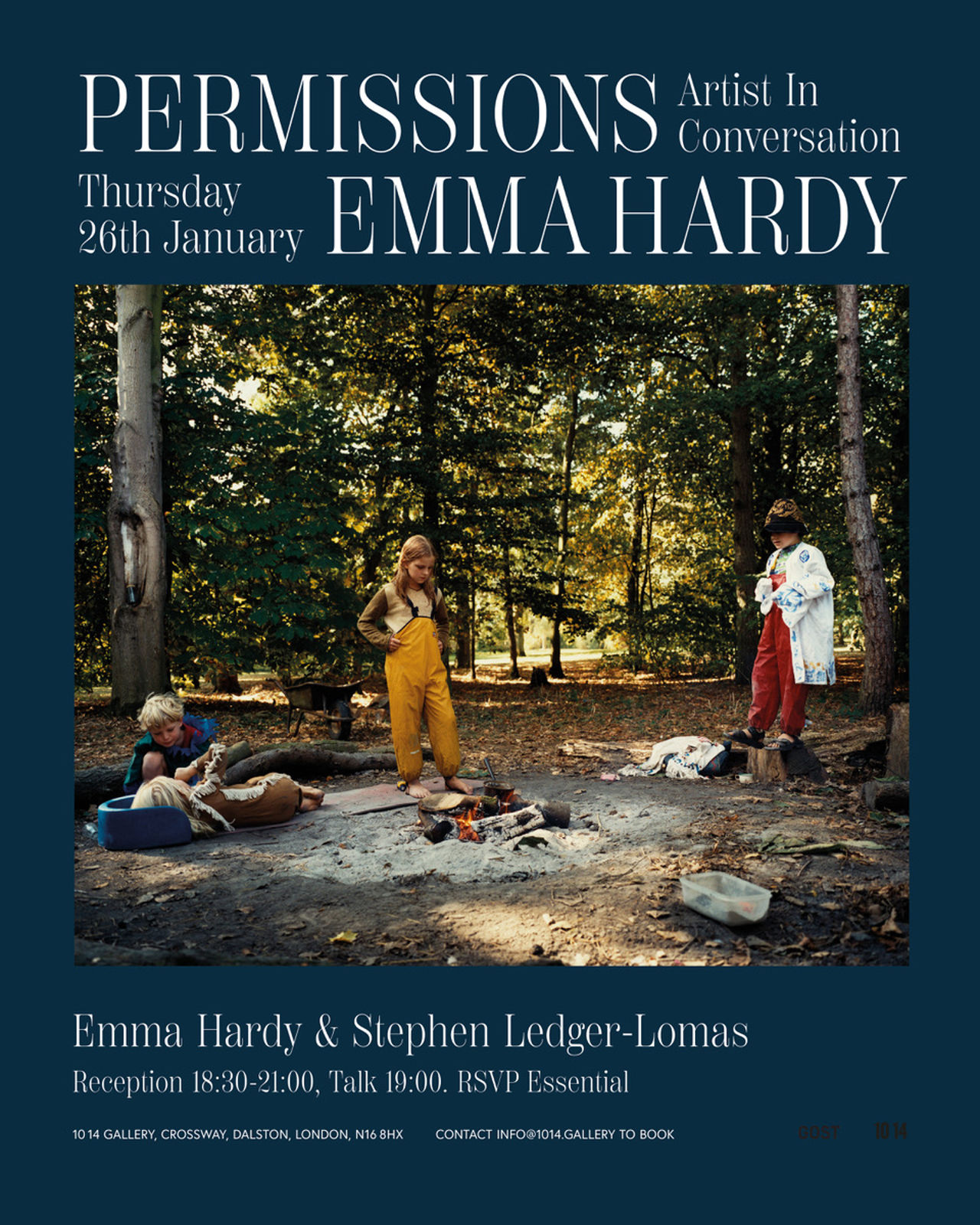
Above: Ledger-Lomas has worked with photographer Emma Hardy on her new monograph, Permissions.
What would I want to be doing if I didn’t work in advertising? I think the answer to this changes on any given day. In my fantasy I think I’d probably be a landscape gardener in Mallorca. I’m very green-fingered. I also quite like the idea of teaching, or working with kids.
In my fantasy I think I’d probably be a landscape gardener in Mallorca. I’m very green-fingered.
But, really, I’d probably be a photo journalist, and I’d just go off and have assignments. I’ve always been so thrilled by the idea of being told, “You’re going to this place for a month and you are there to tell a story and take pictures.” I love that idea. It’s your mission. You are there to tell that story.
What would I say if someone asked, “What do you do?”. I’d say that I help make the ideas happen. I think that would probably be the best and simplest way of putting it.
)

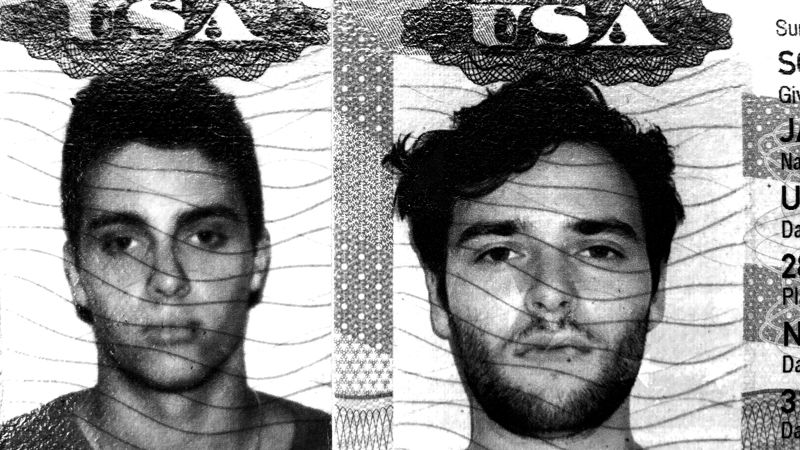


 + membership
+ membership










